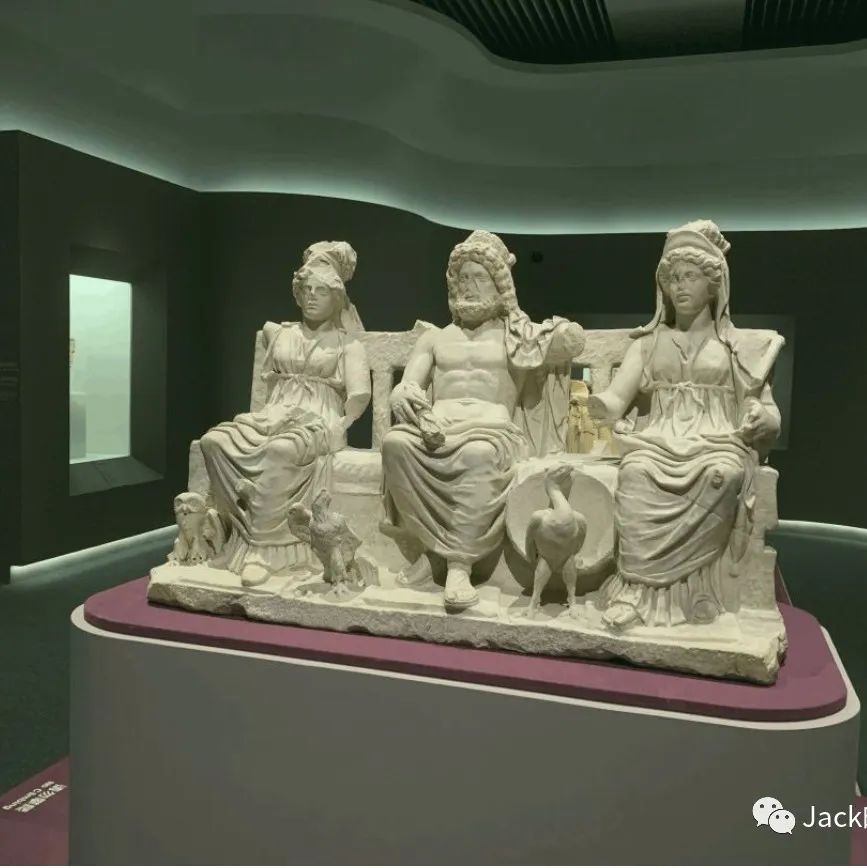Links Between East and West 21 Religious Diversity 东西方连接21 - 宗教多样性
(Note: This essay is inspired by and based on a visit to an exhibition hosted at the National Museum of China called: "Tota Italia - Origins of a Nation")
Religion has been one of the cornerstones of any judicial, social and political order. As renowned historian Yuval Noah Harari noted in his book Sapiens: A Brief History of Humankind, religion has been a unifying force in human history that consistently ties together groups of people sharing diverse characteristics.
The Late Roman Republic or the early Empire period witnessed religious diversity and communication blossom. Cicero, the famous Roman statesman, lawyer, and writer, saw the Romans as being the people who, more than any other, were inclined to worship and respect the gods. He argued that this trait was a direct cause behind the greatness of the Roman Republic.
However, Cicero's argument can be too arbitrary and inaccurate. During the same period of history, on the other side of the world, the Han Empire similarly displayed a diverse religious culture with its relatively successful expansion efforts. This essay will attempt to make a solid connection between these two cultures by examining the religious diversity in both the Roman and Han civilizations.
Although in the late Roman Republic and Han Empire, Christianity and Buddhism respectively began permeating through, religious diversity was still present in both civilizations. One accurate way to support this point is to look at whether distinct religions existed in individual regions.
As Roman legions conquered one area after another in the Roman Republic, various people living in modern-day Italy, Greece, Spain, and North Africa succumbed under the Roman yoke. However, under Roman dominion, even within the Italic peninsula alone, considerable religious differences made up a complex and articulated world. Different regions had different deities to worship, different ways to organize priesthood, and different understandings of votive practices. For example, one can expect to see the great temples of Paestrum or Metaponto and the sacred woods of Ariccia or Luco dei Marsi in a single trip around the Italic peninsula. Archaeology has presented definitive evidence of the worshipping of a plethora of deities throughout the Roman Republic. In many tombs, sculptures of these gods have been found in recent years. Written evidence proves the flourishing of native religions too.
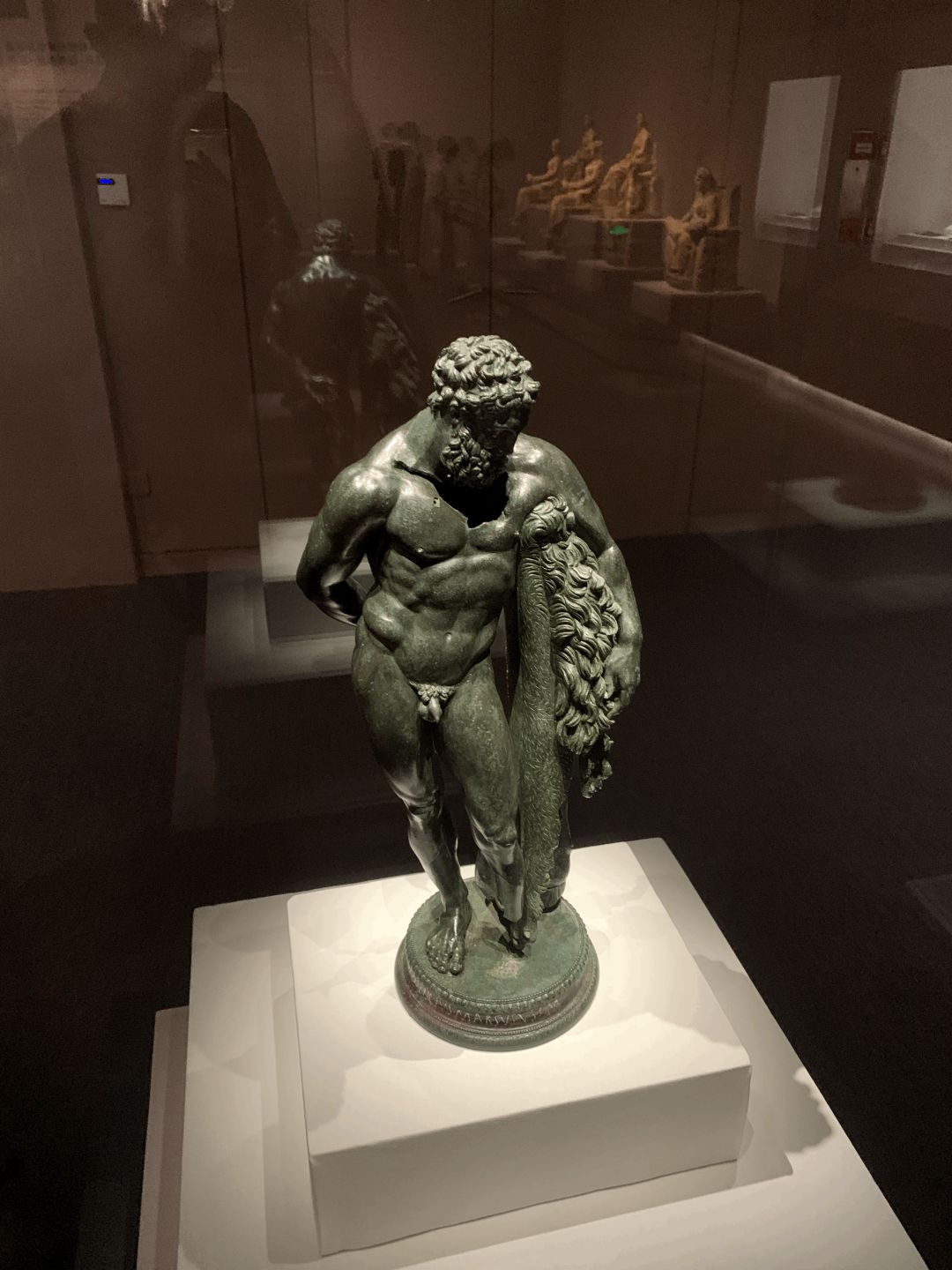
(Hercules at rest)
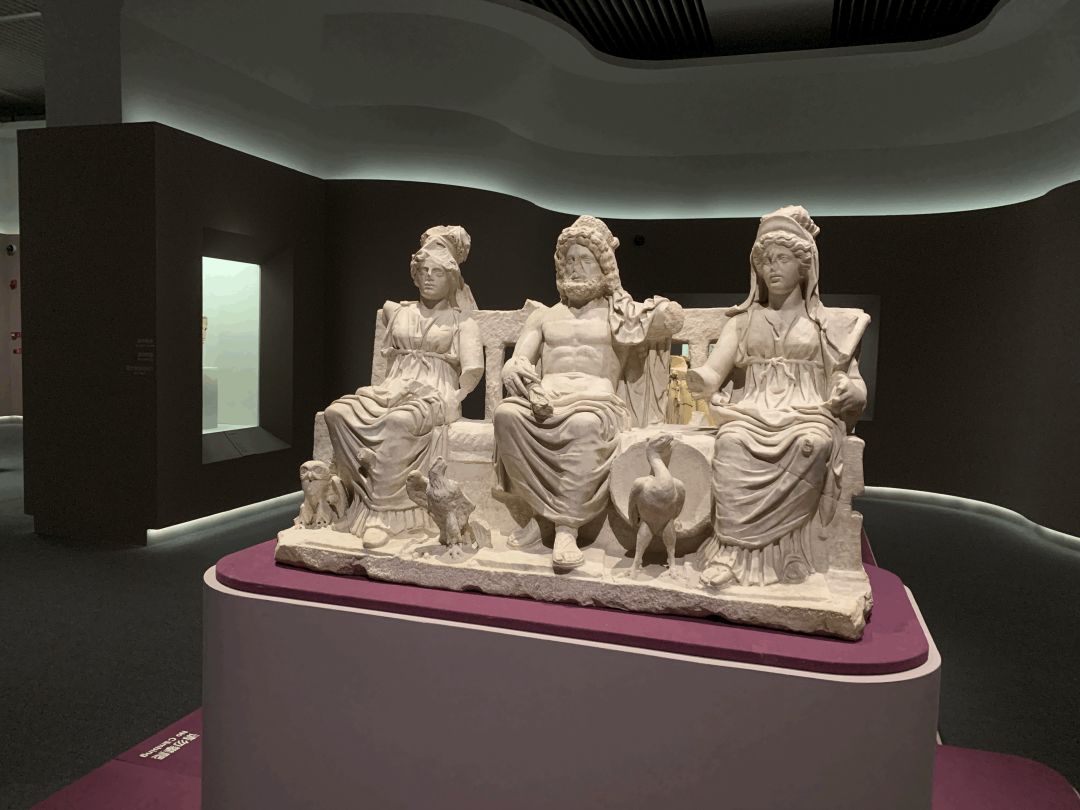
(Capitoline Triad)
Alongside these various forms of polytheism, The Romans did not abandon the Greek gods. They dedicated many fine art pieces to depicting the Greek pantheon. Distinctive areas paid tribute to distinctive gods. For instance, Etruscan and Latin areas revered Hercules. They showed this reverence by creating exquisite sculptures such as "Hercules at rest with votive inscription by M. Attius Peticius Malsius." Other places worshipped the Capitoline Triad: Jupiter (Zeus), Minerva (Athena), Juno (Hera). Similarly, the worshippers dedicated statues to the Triad. These irrefutable pieces of evidence point to the religious diversity present in the Roman Republic.
The Han Empire's mix of religions can also be affirmed with conclusive evidence. As the Han Empire began to expand chiefly under the reign of Emperor Wu Di, many tribal groups were engulfed by the Empire, as was what happened with the Romans. But the government did not subjugate local religions. First-hand records reveal that by the time of Emperor Cheng Di, there were 683 temples scattered across the Empire. By the time of the famous usurper Wang Mang, the government alone ran an incredible 1700 (approximate value) temples around the nation. People built these temples for different gods, spirits, and celestial beings. The sheer number of temples itself is enough to show the religious diversity in Han China.
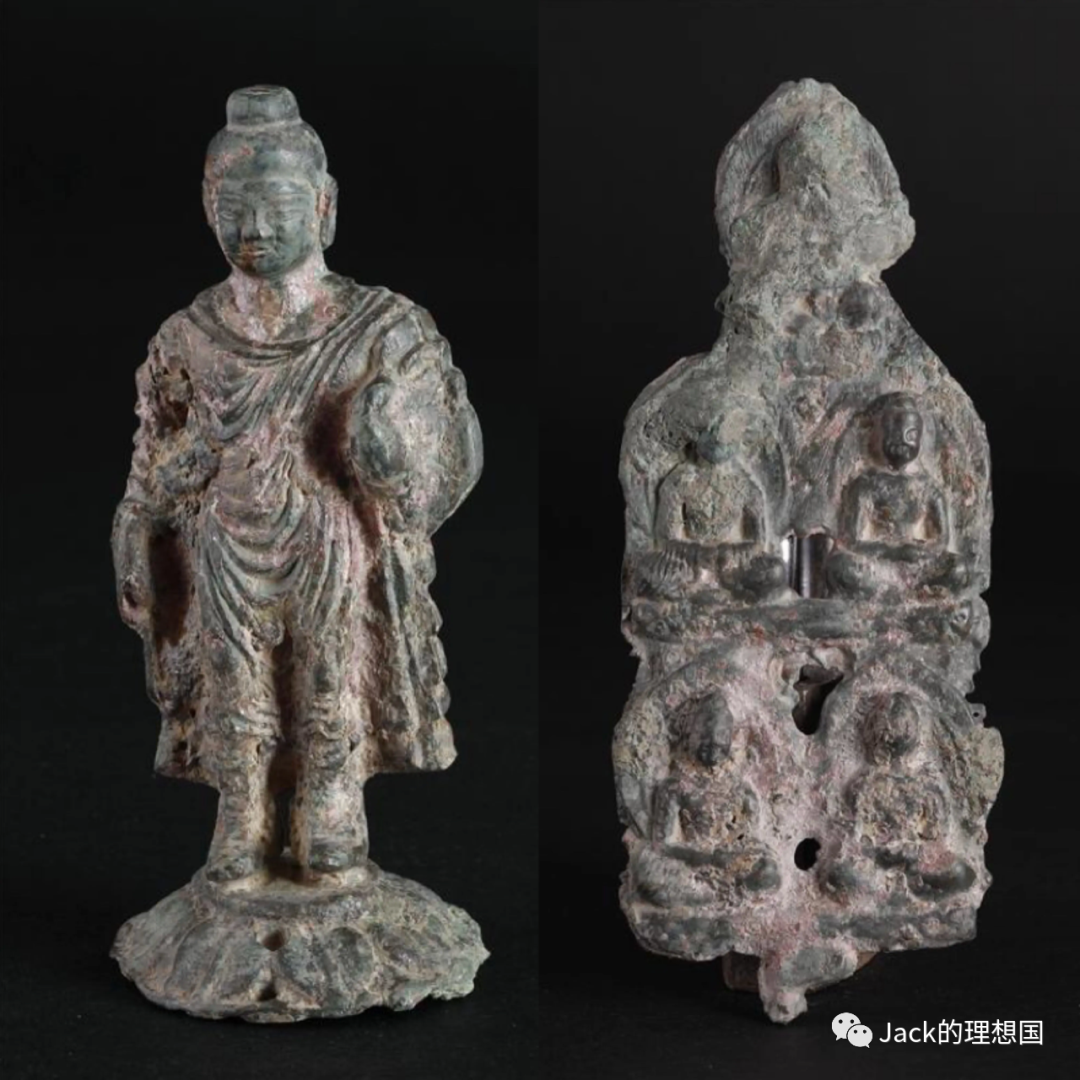
(Early Statues of Buddha)
Since the expeditions of Zhang Qian to the western frontiers from the 160s BCE onwards, Buddhism began to spread to the heart of the Han Empire. In 2021, archaeologists in Xi'An unearthed the earliest statues of Buddha in China, dating back to the Eastern Han Dynasty (25 CE-220 CE). Locals finely carved them out and placed them as burial objects. This piece of art, among others, is a definitive confirmation of the mix of religions, both major and minor, in Han China. Taoism is another religion that was prevalent throughout the Han Empire. Taoist philosophers such as Lao Zi and Zhuang Zi were revered by many worshippers, including some in the royal family.
Even though religious conflicts still occurred, the diversity of religion in both the Roman and Han Empires was well-maintained and lasted for centuries. The frequent wars of conquest launched by the Romans and the Han Chinese did not necessarily lead to the demise of this diversity too. The main reason is probably linked to the regional political significance of religious sanctuaries or the gods themselves. Take the example of Rossano di Vaglio for the Lucanians. This sanctuary was dedicated to the local goddess Mefitis, containing a square and an altar. It was frequently visited until the era of the emperor Caligula (37-41 CE), meaning that it probably held great significance to the Lucanians and even a wider population. The importance of this sanctuary shielded the religion from the blows of the Roman Republic army in the 390s BCE. The Romans themselves realized that to control the area, paying basic respect to the religion was needed in the short run. One can also find comparable examples in the early days of the Han Empire when Liu Bang, the founder of the Han Dynasty, opted to revere regional spirits. This decision was made partially out of political considerations, as to secure his power amongst endemic regions, respecting local culture was crucial.
Religious communication constantly occurred in the Roman Republic and Han Empire. Local characteristics mingled with the Greek religion permeating Roman society in the Roman Republic. The Roman religion, adopted from the Greek pantheon, affected very similar societies (such as the Latins or Sabines) and profoundly different ones, such as the Celts. In the Han Empire, introducing Buddhism and developing Taoism consequently sparked changes in regional culture. For example, in many areas, one can expect to see the coexistence between Buddhism and other minor religions. Previously, cultural diffusion and diversity growth happened much slower without this religious communication.
Overall, through a brief examination of the religious diversity and communication in the Roman Republic and Han Empire, one can see how religion serves as a powerful medium to bond individuals together in the eastern and western hemispheres. This essay also shows that religions can coexist with other faiths, and violence is not always necessary to create peace between religions. Although religion has made significant contributions to the development of human civilization, it is not a definitively supreme good. From the past to the present, the bloodshed religion has created is enough to rival most other kinds of atrocity in history. Religion is strong enough to bridge immense divides, but it is similarly capable of creating divides that can last for millennia. Of course, religion will still be an indispensable element of life, as with any other component of human culture. Taking from history, understanding religion's potential power, and respecting religious diversity are imperative as our race progresses into an unpredictable and volatile future.
(注:本文灵感来自于参观中国国家博物馆举办的展览: 意大利之源 - 古罗马文明展)
宗教一直是任何社会与政治秩序的基石之一。正如著名历史学家尤瓦尔-诺亚-赫拉利(Yuval Noah Harari)在他的《人类简史》(Sapiens: A Brief History of Humankind)一书中指出,宗教一直是人类历史上的统一力量,始终将不同特点的人群联系在一起。
罗马共和国晚期或帝国早期见证了宗教多样性和交流的绽放。罗马著名政治家、立法家和作家西塞罗认为,罗马人是比其他任何民族都更倾向于崇拜和尊重多种神灵的民族,这一特征正是罗马共和国得以伟大的直接原因。
然而,西塞罗的论点可能过于武断和不准确。在同一历史时期,世界的另一端,汉帝国凭借其相对成功的扩张,同样表现出多样化的宗教文化。通过研究罗马文明和汉文明中的宗教多样性,本文将试图在这两种文化之间建立联系。
尽管在罗马共和国后期和汉帝国,基督教和佛教分别开始渗透进来,但宗教多样性仍然存在于这两个文明中。支持这一观点的准确方法之一是看不同地区是否存在独特宗教。
在罗马共和国,随着罗马军团征服了一片又一片地区,生活在现代意大利、希腊、西班牙和北非的各种人都在罗马的强大统治下屈服。然而,在罗马人的统治下,即使仅在意大利半岛内,相当明显的宗教差异也构成了一个复杂而有条理的世界。不同地区有不同的神灵崇拜,有不同的神职组织方式,有不同的祭祀习俗理解。例如,在意大利半岛的一次勘查中,一个人既可以看到Paestrum或Metaponto的大神庙,又可以欣赏Ariccia或Luco dei Marsi的圣林。考古学已经摆出罗马共和国居民崇拜不同神灵的确切证据。在许多人的坟墓中,近年来发现了这些迥异神灵的雕塑。文字证据也进一步确凿了地区性宗教的兴盛。
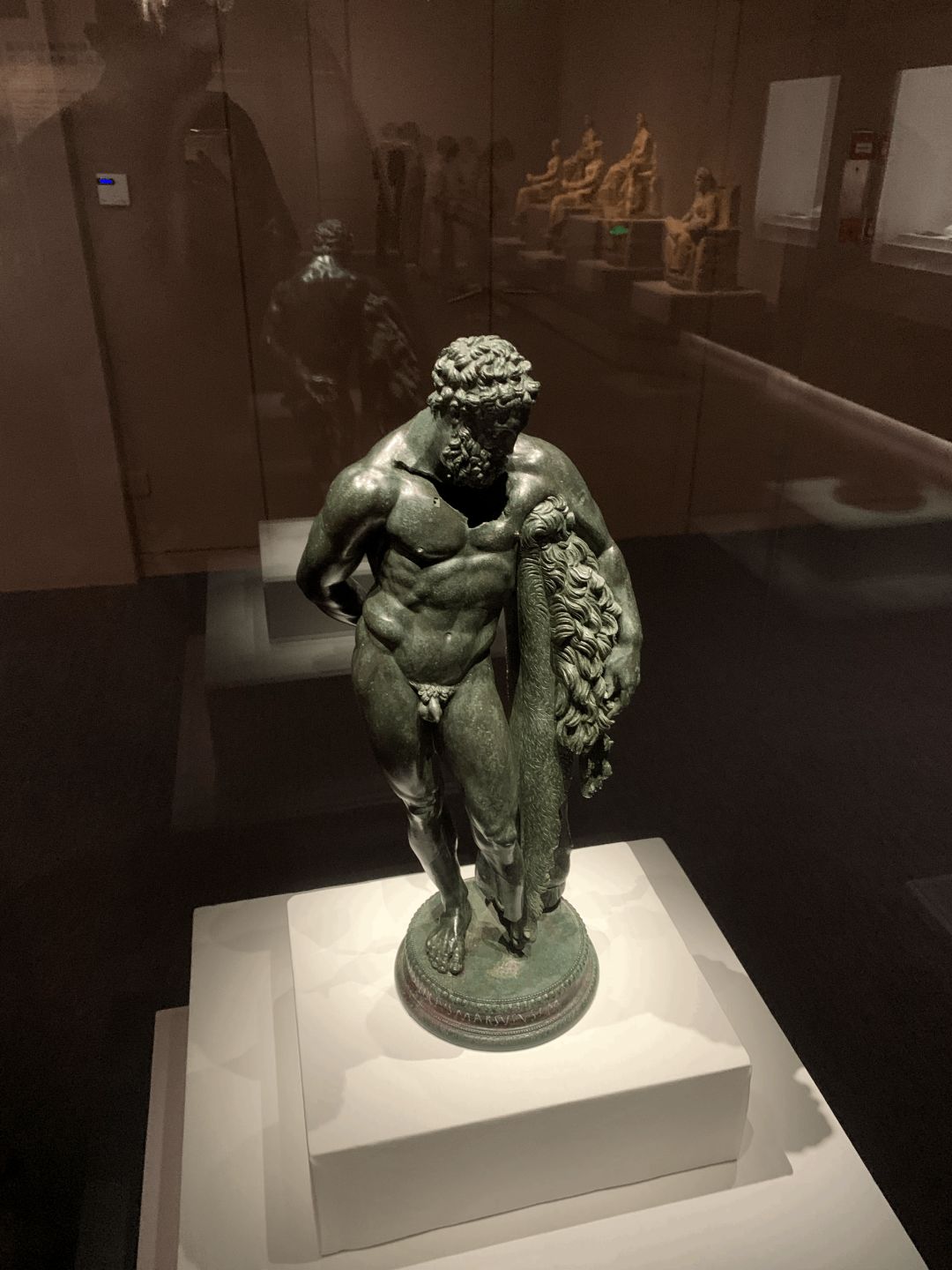
(休憩的赫拉克勒斯)

(卡皮托林三神)
在这些不同形式的多神教的同时,希腊诸神也没有被抛弃。罗马人将许多精美的艺术品用于描绘希腊众神。不同的地区向不同的神明表示敬意。例如,伊特鲁里亚和拉丁地区崇尚赫拉克勒斯。他们通过创造精致的雕塑来表达这种崇拜,如 "休憩的赫拉克勒斯"。其他地方则崇拜卡皮托林三神:朱庇特(宙斯)、密涅瓦(雅典娜)、朱诺(赫拉)。同样,崇拜者们也为这三神奉献精美的艺术作品。这些无可辩驳的证据指出了罗马共和国存在的宗教多样性。
汉帝国的宗教混合也可以用确凿的证据来证明。随着汉帝国主要在汉武帝统治时期开始扩张,许多部落群体被帝国吞并,就像罗马人的情况一样。但地方宗教并没有被征服。一手记录显示,到汉成帝时,有683座寺庙散布在帝国各地。到了著名的篡位者王莽时期,仅政府在全国范围内管理的寺庙就达到了惊人的1700座(大约值)。人们为不同的神仙和神明建造了这些寺庙。寺庙的数量本身就足以说明汉代中国的宗教多样性。
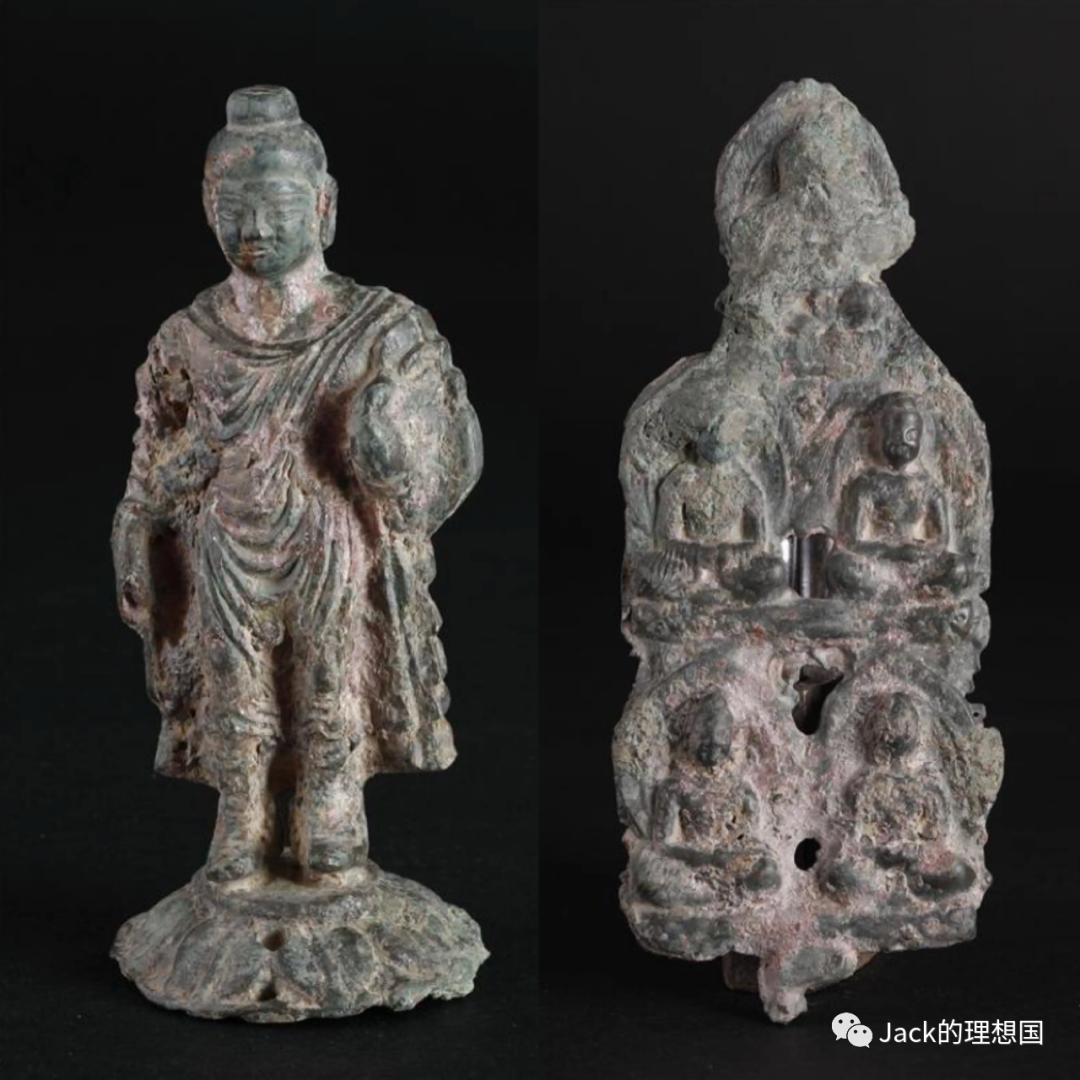
(陕西咸阳出土国内最早的金铜佛像)
自公元前160年代张骞出使西域以来,佛教开始向汉帝国的中心地带传播。2021年,考古学家在西安出土了中国最早的佛像,可以追溯到东汉时期(公元25年-公元220年)。当地人将它们精雕细琢,作为陪葬品放置。这件艺术品,除其他外,是对汉代中国大小宗教混杂的确切证实。道教是另一种在整个汉帝国盛行的宗教。老子和庄子等道家哲学家受到许多崇拜者的敬仰,包括一些皇室成员。
尽管宗教冲突仍有发生,但罗马帝国和汉帝国的宗教多样性都得到了很好的维护,并持续了几个世纪。罗马人和汉人发动的频繁的征服战争并不一定会导致这种多样性的消亡。主要原因可能是与宗教圣地或神灵本身的区域政治意义有关。以卢卡尼亚的Rossano di Vaglio为例。这个圣地供奉着当地的Mefitis女神,包含一个广场和一个祭坛。直到卡里古拉皇帝时代(公元37-41年),这个圣地还经常被访问,意味着它可能对卢卡尼亚人甚至更广泛的人群具有重大意义。这个圣所的重要性使当地宗教在公元前390年年代免受罗马共和国军队的打击。罗马人自己也意识到,为了控制该地区,在短期内需要对该宗教给予基本的尊重。在汉帝国的早期也可以找到类似的例子,当时汉朝的创始人刘邦选择了崇尚地区教派。这一决定部分是出于政治考虑,因为欲稳固地区权力,尊重地方文化是至关重要的。
对于罗马共和国和汉帝国来说,宗教交流是相互的、持续的。在罗马共和国,地方特色与渗透到罗马社会的希腊宗教混杂在一起。从希腊万神殿中改编而来的罗马宗教既影响了非常相似的社会群体(如拉丁人或萨宾人),也影响了截然不同的社会(如凯尔特人)。在汉帝国,佛教的引入和道教的发展随之引发了地区文化的变动。例如,在许多地区,人们可以期待看到佛教和其他小宗教之间的共存。在此之前,如果没有这种宗教交流,文化传播和多样性增长的速度就会慢得多。
总的来说,通过对罗马共和国和汉帝国的宗教多样性与交流的简要考察,人们可以看到在东西半球,宗教是如何作为一种强大的媒介将个人联系在一起的。这篇文章还表明,宗教可以与其他信仰共存,而暴力并不总是创造宗教和平的必要条件。虽然宗教对人类文明的发展做出了重大贡献,但它并不是一个至善势力。从过去到现在,宗教造成的流血足以与历史上大多数其他种类的暴行相比拟。宗教的力量足以弥合巨大的分歧,但它同样能够撕开持续数千年的鸿沟。宗教仍将是生活中不可缺少的元素,就像人类文化的其他组成部分一样。因此,从历史中吸取教训,了解宗教的潜在力量,尊重宗教多样性,在我们的种族进入一个不可预测和动荡的未来时是非常必要的。
- 本文标签: 原创
- 本文链接: http://www.jack-utopia.cn//article/395
- 版权声明: 本文由Jack原创发布,转载请遵循《署名-非商业性使用-相同方式共享 4.0 国际 (CC BY-NC-SA 4.0)》许可协议授权
